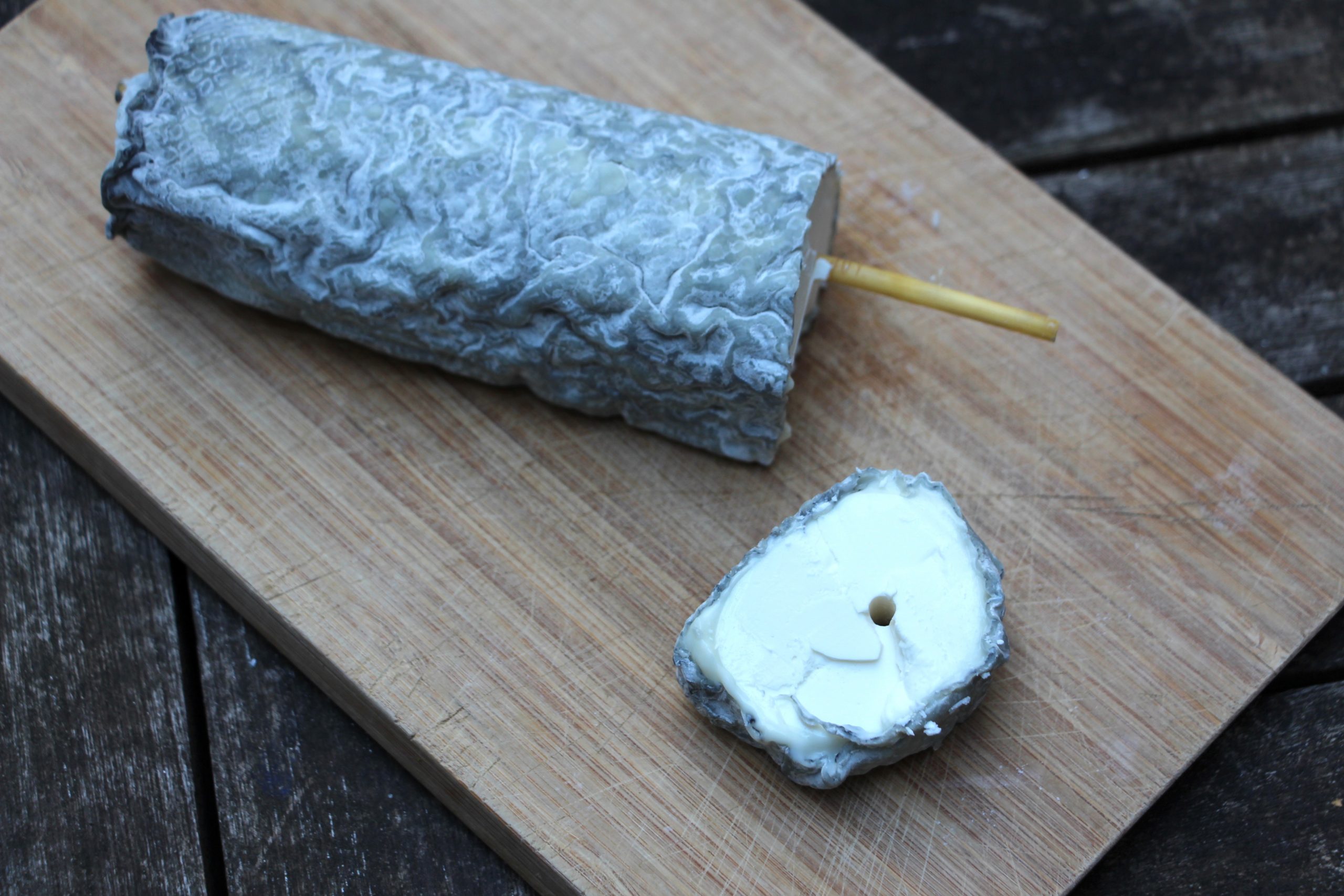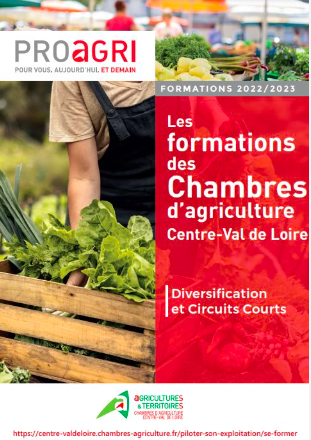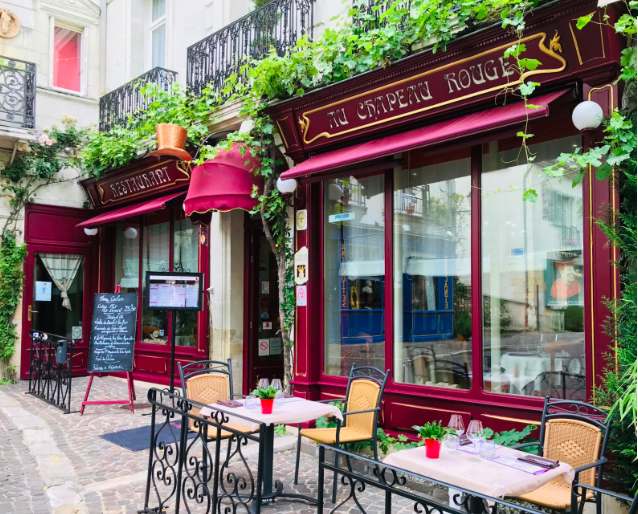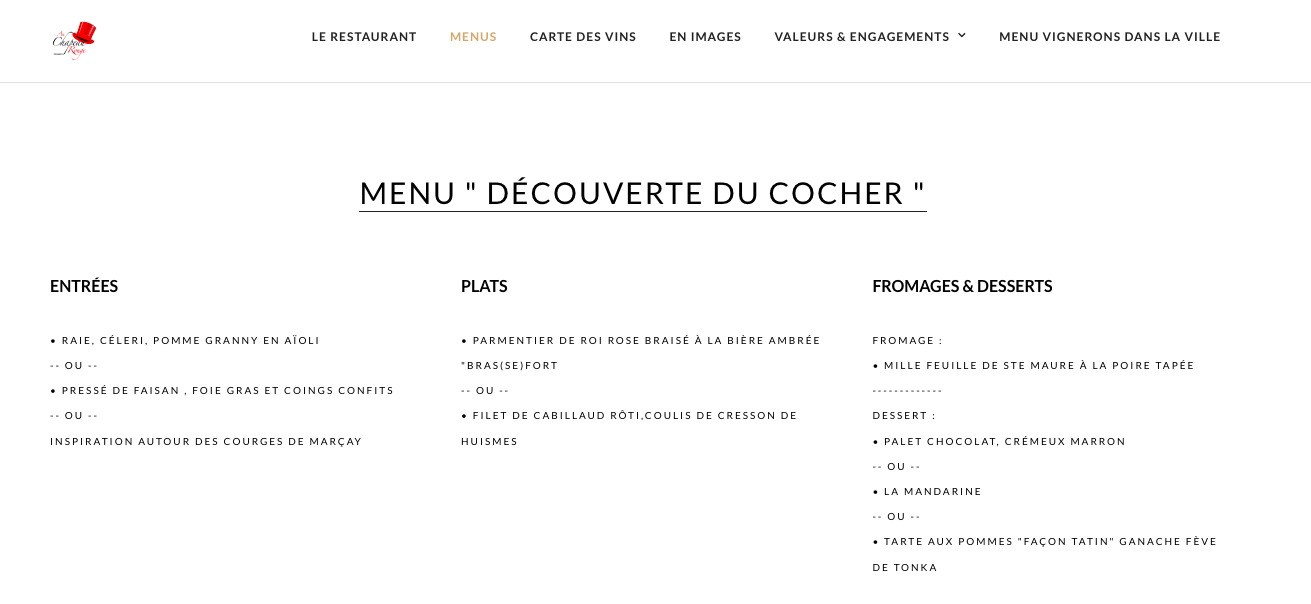Sainte Maure de Touraine: The wonder of Fromage – unveiling one French cheese at a time
France is home to over 3,000 goat cheese producers, who make a wide variety of cheeses ranging from fresh, soft chèvres to solid, snowy white tommes; from unadorned disks to pyramids with an ashy, grey hue. Flavor profiles run the gamut from grassy to lactic to herbaceous; textures may be creamy or fudgy, runny or firm, and origins span nearly every region from Champagne to Corsica.


But while goat cheese is present throughout the hexagon, its largely-undisputed home is The Loire, home to five AOP chèvres including one that stands out in the cheese case thanks to its unique cylindrical form, ashy grey rind, and stalk of rye grass running through its core.
This is the Sainte-Maure-de-Touraine: the biggest goat’s milk AOP cheese in all of France, with 7.5 million tons produced every year.
A Historical Cheese Beloved by Local Sons
According to legend, Loire Valley goat cheese production dates back to the Battle of Poitiers, fought in 732 between the Umayyads, led by Abd al-Rahamn, and Charles Martel’s Franks. Following the battle, some of the foreign soldiers ostensibly settled in the southern Touraine, teaching locals to make cheese from the goats they’d brought with them all the way from the Arabian Peninsula. This gave rise to the Chabichou de Poitou and, of course, to St-Maure-de-Touraine.
It’s a pretty story, but according to Raphaël Caspi-Torrent of the Indre-et-Loire Chamber of Agriculture, it may not hold water: He cites recent archaeological digs indicating goats have been present in the Touraine region since at least the Neolithic era. “In every legend, there’s a bit of history,” he says. “But the legend is pretty, so let’s hold onto it.”


Whether this cheese really dates back to the eighth century or not, historians are fairly sure it existed early as Charlemagne’s empire… though it would take another eight centuries to see it evoked in print.
Local son François Rabelais, known for his Gargantua and Pantagruel, was a veritable emblem according to Caspi-Torrent, of a local “bon-vivant and epicure.” He mentions the cheese in his work, as does Tours local Honoré de Balzac, who, in his La Rabouilleuse (1843), writes that “the best-known cheese remains Sainte Maure.”
A Unique Shape, a Unique Production
If many French goat cheeses boast a grey rind, it’s thanks to the unique preservation properties of ash. Indeed, much like the activated charcoal, we’ve been seeing in everything from smoothies to lattes to croissants, of late, ash naturally balances the pH of the cheese, serving as an acidity regulator and promoting desired mold growth to help form a tasty rind. Many – but not all – French goat cheeses boast such an exterior, and Sainte-Maure-de-Touraine is one of them.
The discrepancy between ashed and non-ashed goat cheeses is, according to Caspi-Torrent, a question of terroir. “Traditionally, ash was made from vinewood,” explains Caspi-Torrent. “We’re in a winemaking region.”
To wit, cheeses that are made in non-winemaking regions, like the Crottin de Chavignol, often have a downy white rind instead.







Sainte-Maure-de-Touraine stands out, not just thanks to its rind, but also thanks to its shape, which at first glance may resemble a long cylinder. Look closer, however, and you’ll see that the length of the log is slightly tapered – something that comes down to traditional molds, woven out of wicker.
“When you weave wicker, you can’t make a perfect cylinder,” says Caspi-Torrent. And while molds these days are usually made of metal, the shape has stuck.
These and other elements of the cheese are protected by its AOP charter, which requires that Sainte-Maure-de-Touraine be made with raw milk, that 100% of the forage hail from the AOP zone, and that each cheese is speared through the center with a 17-centimeter rye or spelt straw engraved with the producer’s name.
The straw, according to Caspi-Torrent, dates back to the cheese’s farmstead origins, when temperature fluctuations could lead the long cheese to break when unmolded. “For cheeses that broke, they came up with the idea of holding them together with a rye straw,” he says. “It’s interesting because initially, it was used for a flawed cheese, one that wouldn’t hold together. And today, it’s become a marker of quality and of the cheese’s very identity.”
Goat Lovers for a Lovely Goat Cheese
As with any cheese, Sainte-Maure-de-Touraine begins with milk, to which rennet is added to help it separate into curds and whey.
“The more the curd ages, the more it will naturally protect itself,” explains Cyril Charlot of La Haute Piltière.
The curd also takes on more acidity, with a final flavor that’s still quite sweet and milky.

“It’s the quality of the curds that gives us that balance,” he says. Once the milk has coagulated, it is transferred into molds by hand using a special slotted spoon called a pelle à Brie. The fresh cheese is then speared with its straw, sprinkled with a mixture of ash and salt, and aged a minimum of ten days before being sold.
Charlot and his business partner, Romain Charcellay, don’t just make their own cheese: They also raise their animals, growing feed like barley, sunflower, and corn on-site.

But they are in the minority.
Only thirty-one producteurs fermiers make Sainte-Maure-de-Touraine from start to finish; approximately 77% of Sainte-Maure-de-Touraine is made by large industrial producers known as laiteries.
(La Haute Piltière now sells part of its milk production to laiteries, transforming the rest on-site.)
Charlot enjoys having a hand in the entire production line from start to finish, but his main motivation for getting into the industry remains, above all, the interaction with the goats. He grew up in a family that raised cows, but he notes that “what interested me and my colleague was to work with this animal.”
“It’s not like any other,” he says. “There’s contact. There’s a relationship that develops – much more than with cows.” And he’s not the only one to think so.
Camille Fontaine of Les Capri’scieuses also says that one of her favorite parts of the job is working with goats. (It’s part of why the name of her farm – and its logo – is so very punny.)
Traditionally, Sainte-Maure-de-Touraine would have been made with the milk of Poitevine goats, emblematic of the region.
“Today, they’ve been abandoned in favor of two other goats,” says Caspi-Torrent, evoking the highly productive Alpine Chamoisé from the Alps and the white Saanen, which now make up about 60 and 40% of the production zone respectively. The Poitevine makes up less than 1% of the production zone today.
How to enjoy it
With nutty, floral aromas and lovely lactic acidity, Sainte-Maure-de-Touraine is delicious all on its own, particularly when paired with local white wine. It can be sold at a variety of ages, ranging from the young and grassy 10-day to the denser, nuttier, fudgier month-old. At six months – a rarity Charlot occasionally has on hand – it becomes dense, crumbly, and almost parmesan-like in texture.
But Sainte-Maure-de-Touraine doesn’t have to be eaten on its own. It can be paired with local poires tapés, pears that have been dried and then rehydrated in local wine, as it is at Au Chapeau Rouge restaurant in Chinon. There, accompanied by crisp puff pastry, it becomes a savory play on that classic French pâtisserie, the millefeuille.


Cheesemonger Thierry Cartereau even invented a new creation at the Halles in Tours: the Balzacienne. This savory tart of sorts sees St-Maure-de-Touraine paired with buttery pastry and a meringue-ish filling, accompanied by nuts and a choice of poires tapes, orange marmalade, or even pork rillons.
However you enjoy it, be sure to adhere to strict cutting rules: Sainte-Maure-de-Touraine should always be sliced from the fat side first.
“Otherwise,” says Caspi-Torrent, with a wink, “the udders of the goats dry up.”
Is Sainte Maure de Touraine one of your favourite cheeses? Please share your views in the comments below.
Here you can read all articles in this column:
‘The wonder of Fromage – unveiling one French cheese at a time’ by Emily Monaco
Image credits:
1-2, 5-11 Sainte Maure de Touraine copyright Emily Monaco
3-4 Raphaël Caspi-Torrent of the Indre-et-Loire Chamber of Agriculture & brochure via twitter
12. Romain Charcellay & Cyril Charlot – La Haute Piltière via Rucheesetfees.fr
13. Sainte Maure de Touraine – La Haute Piltière via Rucheesetfees.fr
14-15 Au Chapeau Rouge via their website







Thanks a lot Emily for this wonderful article on our delicious goat cheese Sainte-Maure de Touraine ! It was a pleasure for me to share this day in Touraine with you, I deeply appreciated our conversations about French wines and gastronomy ! From Tours with Love 🙂 Raph